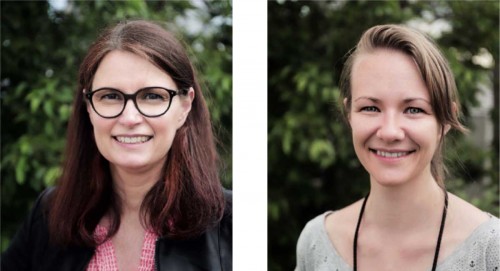
You are both experts on green infrastructure and nature based solutions. Are pioneering approaches to greening suitable for widespread use in new buildings and renovation projects?
Yes indeed, particularly with new buildings there is a comprehensive range of standardized technologies for greening both roofs and façades. And provided that they are tied into the planning process early enough, an excellent cost-benefit ratio can be ensured, since greened façades can be cheaper to maintain than glass façades. Quality control is vital here. We‘re putting increasing effort into the much more complex structures involved in retrofit. To green an existing building one has to adapt the ideal technological solution to the specific project framework; obstacles must be overcome in the fields of connecting technologies, law, permits, keeping costs down and funding.
What effect does greening façades and roofs have on the quality of buildings and of living in them?
Living buildings offer positive effects in the fields of energy, water, microclimate, economy, ecology, quality of life and the environment. Buildings gain from greening because it can act as a protective skin and provide thermal insulation. The building‘s life span is extended, and the cooling ratio needed can be reduced and maintenance costs lowered if greening is combined with providing shade. A look ahead into the future: more and more use is being made of smart technologies and components with digital functions in buildings (cf. “Smart Readiness Indicator (SRI)” as per the new EU directive on buildings).
How much potential do you see for greening façades and roofs in Austrian towns and cities?
In Austria more than 40 % of the building stock dates back to before 1930, and 35 % was put up in the 1960s to 1980s. Renovation projects are essential to reduce carbon dioxide emissions, and greening structures will play an important part in saving and providing energy, and in improving microclimates. From an economic point of view greening is very attractive, particularly as combining it with PV or solar panels can boost energy yields while lowering ambient temperatures and retaining water in a town or city. Together with the University of Natural Resources and Life Sciences, AIT, the City of Vienna and our partners in the Austrian Association for Greening buildings we are currently investigating the potential for greening buildings in reference areas, with the long-term aim of developing new public cadastre systems for potential and existing buildings for Austria.